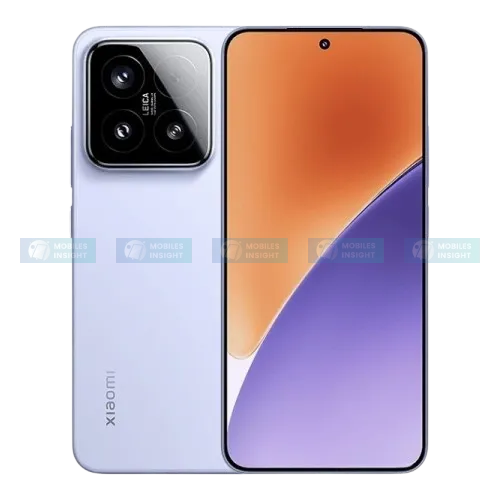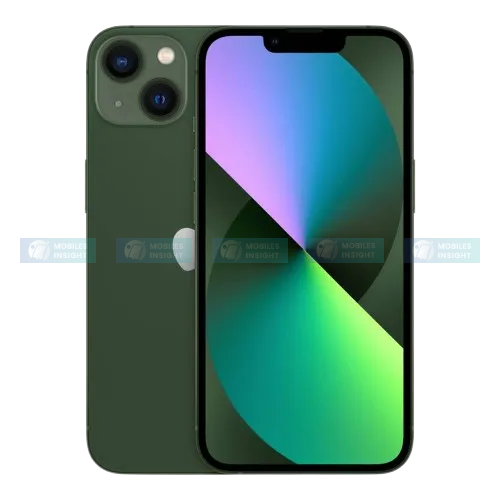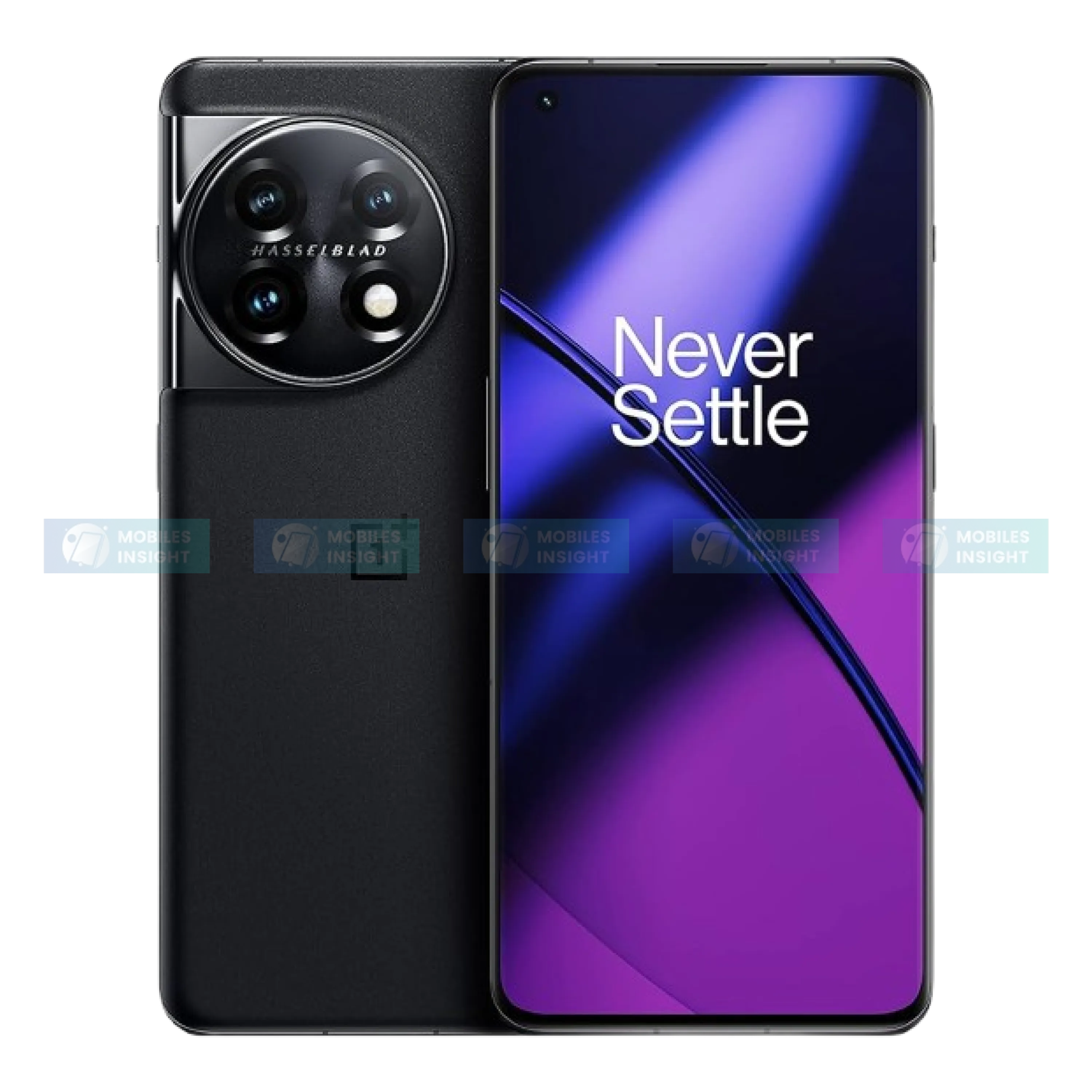
Mobile Camera Tech Is Moving Too Fast, Can Traditional Cameras Keep Up?
Yes, mobile camera technology is moving forward so fast that even traditional DSLRs and mirrorless cameras are finding it hard to keep up in some areas. With on-device AI, better image sensors, and real-time processing, today’s smartphones are more than just for talking. They are turning into full imaging studios that fit in your pocket. While traditional cameras are still better for professional use and manual control, the gap is closing quickly. In countries like Bangladesh, smartphones are now becoming the top choice for serious content creators.
The Mobile Photography Revolution: Not Just Hype, But a Technological Shift
Over the past 10 years, mobile phones have turned into powerful cameras. But what’s happening now is more than just another upgrade. It’s changing the way we think about photography in today’s digital world. Smartphones from brands like Apple, Samsung, Xiaomi, and Vivo are now using smart technology, machine learning, and multiple camera sensors. In many real-life situations, these phones can even perform better than some entry-level DSLR cameras.
In 2025, mobile cameras are no longer just small lenses with digital zoom. They now come with advanced features like stacked CMOS sensors, periscope zoom lenses, ultra-wide-angle cameras, and strong HDR processing. These are not just fancy extras. They really improve photo sharpness, low-light quality and video clarity, better than many regular budget or mid-range cameras.
This change is very clear in Bangladesh. Here, smartphones are often the only camera people use. With more content creators, journalists, YouTubers, and digital marketers growing every day, mobile cameras have become more than a trend. They are now the main tool for capturing and sharing moments.
Core Drivers: AI, Computation, and Hardware Integration
The engine behind this revolution is not just hardware. It’s the power of on-device AI technology. What once required editing software can now happen instantly, thanks to special AI chips called neural processing units (NPUs) inside mobile processors.
Take the Samsung Galaxy S25 Ultra as an example. According to leaks, it may come with AI features made just for photography. This means it can improve the scene, track subjects, predict motion, and adjust brightness all in real time, even before you press the camera button.
iPhones are also using AI to make the camera features smarter. Tools like Photonic Engine, Deep Fusion, and Smart HDR 5 help users take better, more professional-looking photos without doing anything extra. There are also rumors that Apple will include Perplexity AI in future iPhones, which could give smart photography tips based on lighting, subject, or the moment you're trying to capture.
The Edge That Traditional Cameras Still Hold
Even though mobile cameras are improving very fast, traditional cameras are still important. There are some things that DSLRs and mirrorless cameras do better and are still preferred:
-
Sensor Size: A full-frame DSLR sensor is much larger than any mobile sensor, allowing for superior dynamic range and better low-light control.
-
Lens Flexibility: Interchangeable lenses offer focal length and aperture control that's impossible in mobile phones.
-
Manual Control: For professional work like wildlife, product, or wedding photography, the level of manual control traditional cameras offer is unmatched.
-
Durability & Battery Life: Traditional cameras are built for extended use, with accessories to match.
But even now, mobile cameras are catching up. Brands are adding manual photo modes, RAW shooting, and ProRes video features, making the difference smaller.
What’s New in 2025? Groundbreaking Mobile Camera Features
Let’s look at some of the new mobile camera technology trends that are changing:
-
Night Vision: Some tough smartphones can now see in complete darkness with very little light. Even some professional cameras cannot do this without special infrared help.
-
Real-Time AI Object Detection: Your phone can quickly recognize pets, food, papers, and people to help you take better photos.
-
AI-Selected Albums and Edits: Your phone picks the best photos, improves them automatically, and makes ready-to-share storyboards for social media.
-
Periscope Lenses and Folding Optics: These let phones zoom up to 10 times without making the phone big or heavy.
-
Ultra-Slow Motion: You can now record super slow videos at up to 960 frames per second in Full HD on mobile phones.
These features are not only for expensive phones anymore. Even mid-range smartphones in Bangladesh are getting these smart mobile camera tech abilities.
New Mobile Camera Technology vs. Traditional Camera Technology in 2025
|
Features |
Mobile Camera Technology (2025) |
Traditional Camera Technology (DSLR / Mirrorless) |
|
Portability |
High |
Low to moderate |
|
Image Quality (Daylight) |
Excellent (AI-enhanced) |
Excellent (Optically pure) |
|
Image Quality (Low Light) |
Very good (AI noise reduction) |
Excellent (Larger sensors) |
|
Manual Control |
Limited, improves with Pro Mode |
Full control |
|
Lens Flexibility |
Fixed / Hybrid zoom |
Unlimited via swappable lenses |
|
AI Integration |
High (real-time optimization) |
Minimal |
|
Video Capabilities |
4K / 8K, Cinematic modes, Stabilization |
4K / 8K, Professional tools |
|
Battery Life |
Moderate (1 day max) |
High (Multiple batteries supported) |
|
Price-to-Performance |
Excellent |
Varies (high for pro-sumer mode) |
|
Learning Curve |
Veer easy (point & shoot with AI) |
Steep (Requires technical knowledge) |
Real-World Applications in Bangladesh: A Shift in Use Cases
Journalism and News Coverage
Smartphones are now used by field journalists across Bangladesh to capture breaking news. Instant cloud backup, live-streaming, and location-tagged media make them the preferred choice over bulky DSLRs.
Social Media & Influencer Marketing
Mobile cameras are made for social media like Instagram, YouTube, and TikTok. They come with built-in filters, portrait mode, and beauty effects, which help create content faster and more easily.
Freelance & Startup Photography
In cities like Dhaka and Chittagong, many small business owners, event photographers, and freelancers are using phones for 80% of their work. It saves money and still gives results that clients are happy with.
Challenges Mobile Cameras Still Face
Even though smartphones have improved a lot, they still have some problems:
-
Depth of Field Issues: Phones try to blur the background using software, but sometimes they make mistakes, especially around the edges.
-
Too Much Processing: AI sometimes changes skin tones or sharpens images too much, which can make photos look fake.
-
Storage and Heating Problems: High-quality photos and 4K or 8K videos take up a lot of space and make phones heat up faster.
But thanks to smart AI tools like Perplexity AI and advanced cooling systems, these problems are being solved quickly.
The Rise of On-Device AI: Redefining Mobile Creativity
AI is no longer just helping with mobile photography. Now it’s taking control. Phones can understand your subject, lighting, movement, and even what you’re trying to do. They adjust the settings automatically.
This makes mobile photography easier for everyone. You don’t need to know about ISO, shutter speed, or aperture. Your phone handles it for you. For young people in Bangladesh who want to start a YouTube channel or work as freelancers, this is a big advantage.
And it’s not just about taking photos. AI features like live transcription, instant translation using the camera, and 3D object scanning are changing how we use phone cameras in daily life.
Is There a Future Where Both Can Work Together?
Instead of thinking of this as a fight, it's better to see it as a change. Traditional cameras will still be used for very high-end photography and big film projects. But mobile cameras are quickly becoming the top choice for everyday, social, and even semi-professional use.
In Bangladesh, where price, ease of use, and access are very important, mobile cameras are leading the way. They give people powerful features, smart technology, and good value in one device. Traditional cameras can't match that on a large scale.
Final Verdict: Should We Say Goodbye to Traditional Cameras?
Not really. Traditional cameras are still important, especially for professional work. But for most people, like regular users, content creators, and even some professionals, mobile phone cameras have become a real option.
With new technology coming out every few months, AI getting smarter, and smartphones becoming a bigger part of our lives, the question is no longer "can phones catch up?"
They already have.
Now the real question is: What will happen to traditional cameras in a world where smartphones are powered by AI?
Popular Phone Reviews

Samsung Galaxy A70 Review: Features, Performance, and Value Insights

Apple iPhone 16 Pro Max Review: Features, Performance, and Value Insights

Apple iPhone 12 Pro Max Review: Features, Performance, and Value Insights

Xiaomi Redmi 12 Review: Features, Performance, and Value Insights






